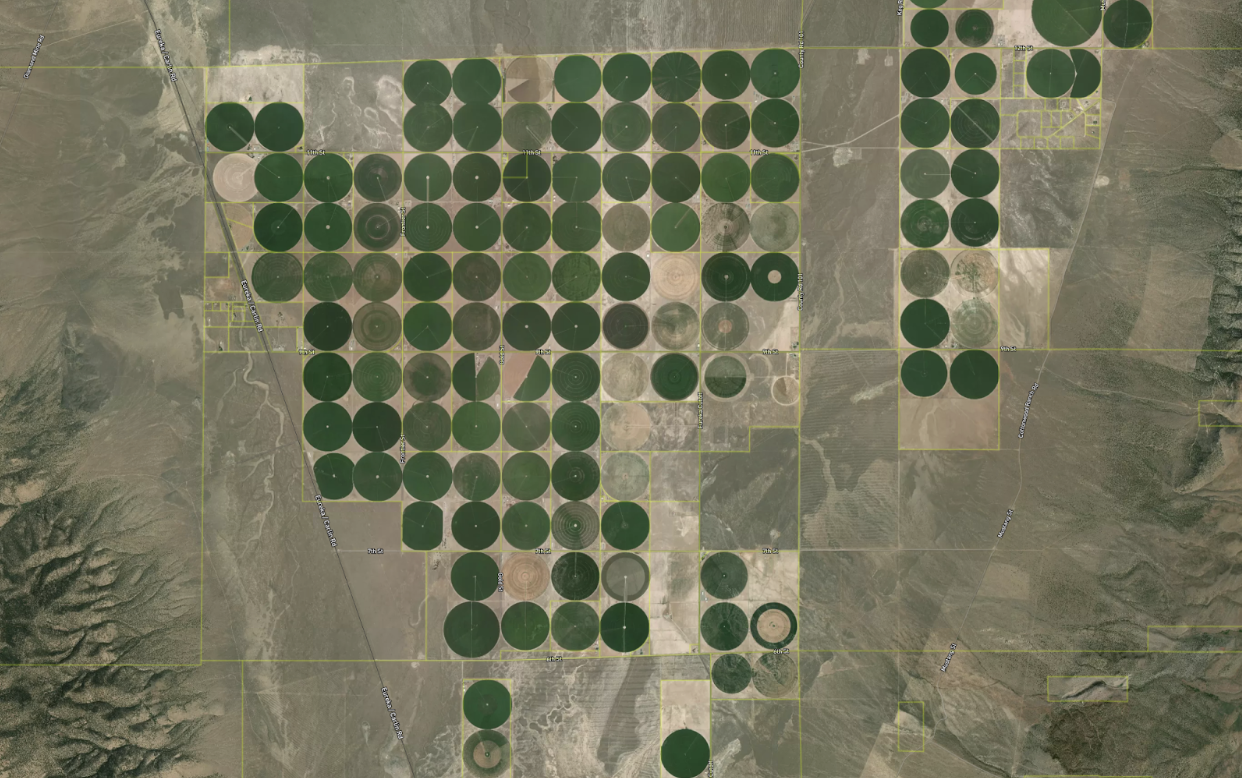
The Point of Beginning: New Life Through An Old Land Grid
File this one under The Significance.
If I told you I could cast a magic spell on the surface of the Earth to attract and organize a civilization, would you believe me?
If you said yes, I truly appreciate the support, but the more likely answer is obviously not.
And yet an actual magic spell of this sort was cast in the form of the legal property boundary systems of the United States as we know and occupy it today.
The Regrid team is celebrating the first-ever 100% US land parcel coverage map, with data in every county. Throughout the rest of 2023 we’ll be sharing posts that reflect on The Journey, The Significance, and The Future of this dataset at regrid.com/100 and on social media with the hashtag #Regrid100.
“There is nothing to suggest that it was here the United States began to take physical shape, nothing to indicate that from here a grid was laid out across the land that would stretch west to the Pacific Ocean, and north to Canada, and south to the Mexican border, and would cover more than three million square miles, and would create a structure of land ownership unique in history, and would provide the invisible web that supported the legend of the frontier with its covered wagons and cowboys, it's farmers and gold miners, and would insidiously permeate its formation into the unconscious mind of every American who ever owned a square yard of soil."
– from Measuring America by Andro Linklater
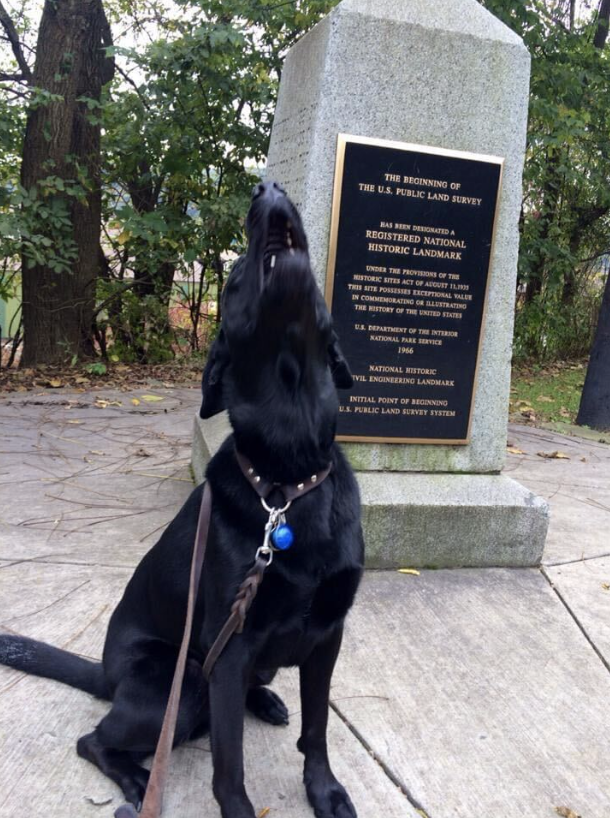
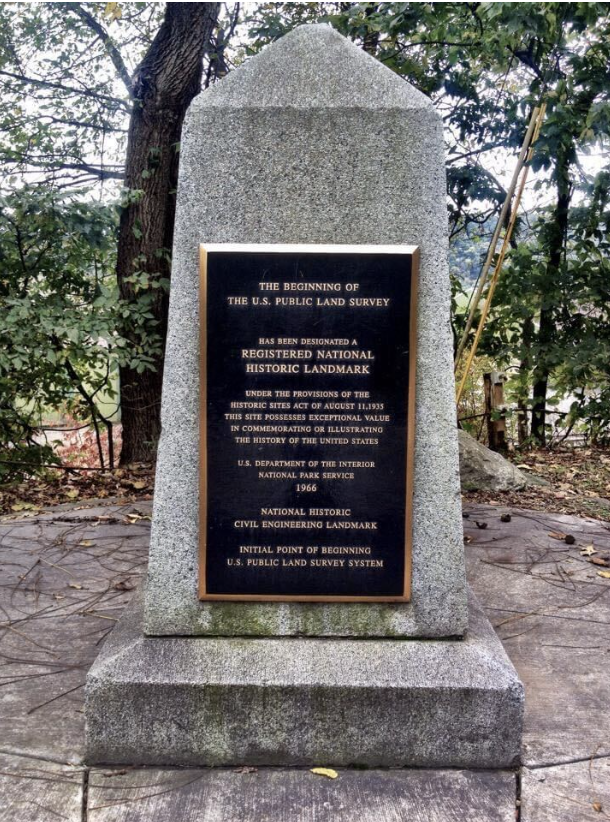
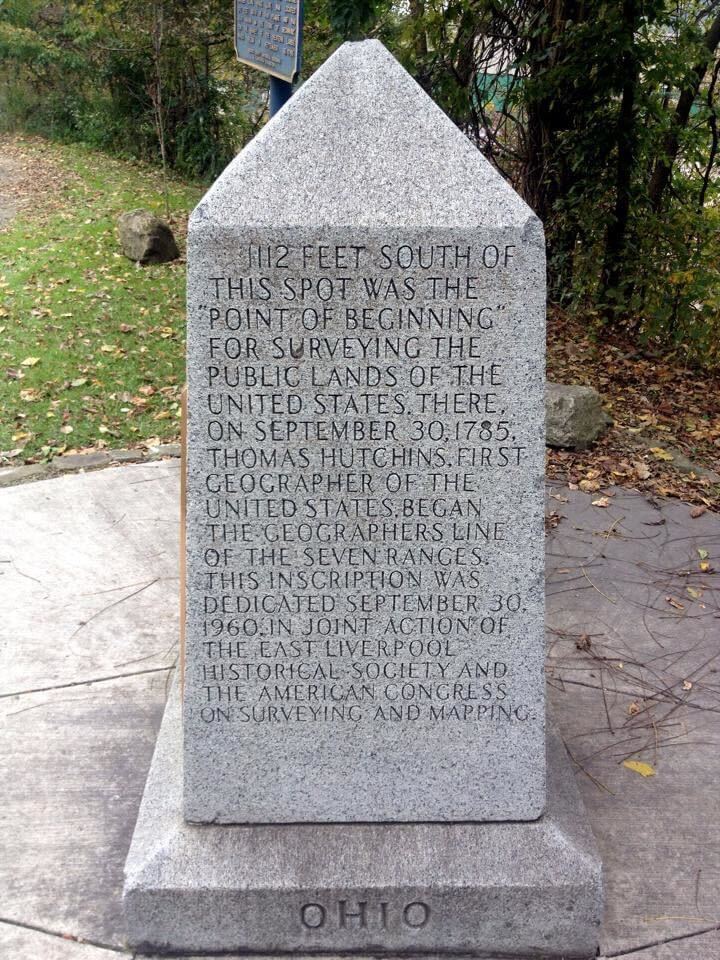
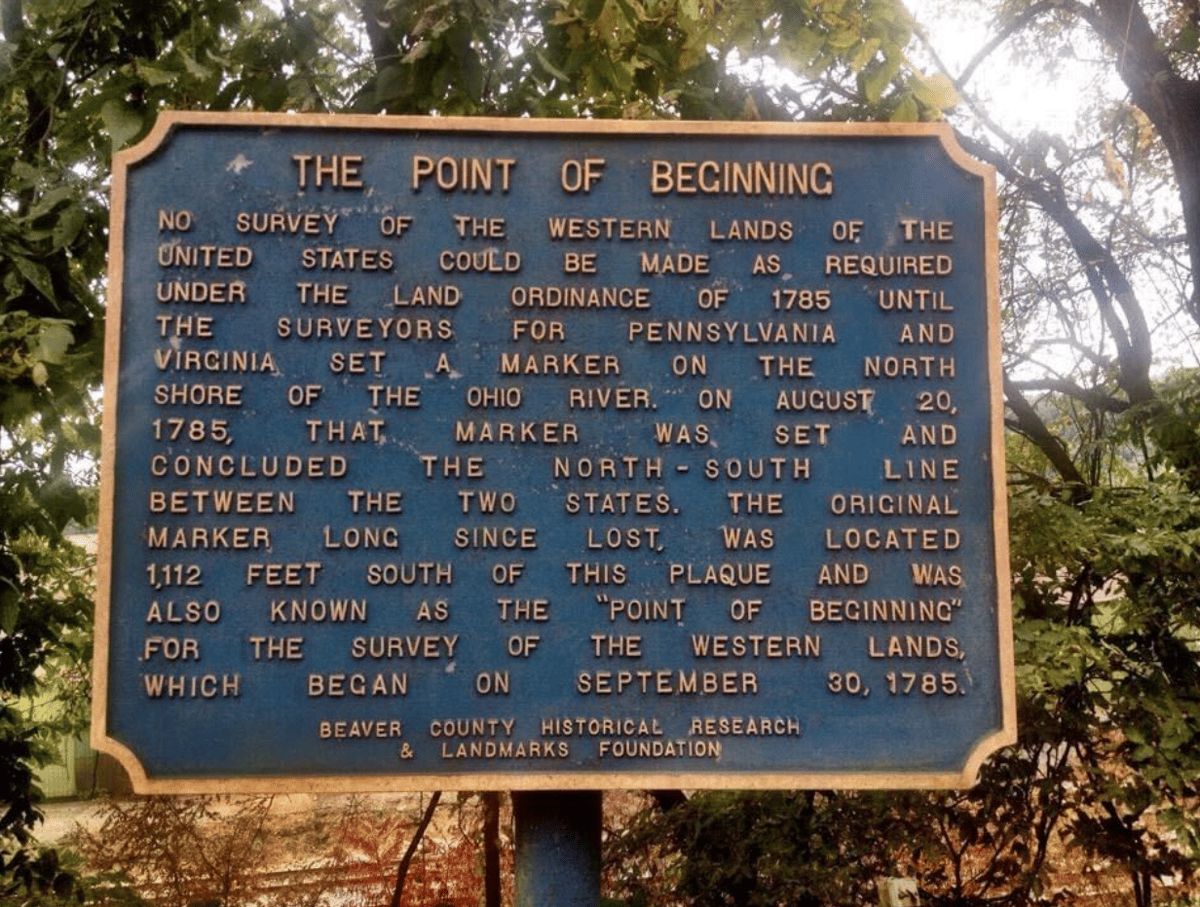



Some 2014 pictures from The Point of Beginning monument in East Liverpool, Ohio.
Nearly 10 years ago my wife Mary and I, along with our dog, the esteemed cartdographer Pasta Batman, visited The Point of Beginning of the U.S. Public Land Survey in East Liverpool, Ohio.
In 1785, from this point heading west in a nation-building project called the US Public Land Survey, surveyors dragged 66-foot chains to map an enormous grid of square mile sections that snapped together into townships, counties, and states which were then further subdivided into smaller land parcels like the ones you and I live on.
A map of the United States covered by the PLSS grid survey.
This ice cube tray of orderly space caused people to cross oceans and pour their lives into it, and allowed the government to more or less understand what was going on. In a time far before digital maps and smartphones, it functioned as a legible trellis for a flash mob of human settlement on a scale the planet may not have seen before.
A view of how the square mile survey labeled and snapped parcels together into townships, and was further subdivided into smaller sections. I highly recommend Dr. Nancy Von Meyer's very digestible blog series on the PLSS for more detail on the process (also follow her online as Von Parcel).
You can see the legacy of the ice cube tray hiding in plain sight at every level of a US boundary map, from the straight lines of many states, to the uniformity of many counties and townships, down to the general widths of streets and their relationship to smaller land parcels.
The best telling of the spell, why it was cast, and how many eyes of newt were added to make it work is a book called Measuring America: How The United States Was Shaped By The Greatest Land Sale In History, by the late Andro Linklater — a copy of which we brought to The Point of Beginning, and with which pairs his book about global land ownership, Owning The Earth: The Transforming History of Land Ownership.
The spell worked so well that over time it simply became an invisible part of the way things are. As happens, there are good and bad things about this.
The good part is that the system is orderly, and for humans to function happily we can’t just go around changing everything all the time.
The bad part is a combination of the arbitrary way we plowed into the ice cube tray combined with our assumption that it is ideal, permanent, and unchangeable, even when the needs of our communities and country change.
We essentially have a situation where the needs of new life are bumping up against the constraints of an old land grid that started as a helpful framework and concretized into a dogmatic religion we can’t even see how we practice.
I’ll give one example, where we started our work, in Detroit.
Detroit had 1.8 Million people in 1950, and has around 600,000 now. As two-thirds of the people left, the underlying land grid of parcels saw no significant change or reduction in number.
You can legitimately ask, are there too few people in Detroit or too many land parcels? Some of the best human-centered and economic development projects in the city today seem to be simple things like expanded waterfronts and greenways that acknowledge that land can and should be used differently than they once were.
And different flavors of this question, challenge, and opportunity are present across the country. As the desirability and need for housing, energy, transportation, and resources change across geographies, populations and desirable land uses necessarily change as well. However the underlying land grid remains largely the same, peppered by fragmented ownership and a hodgepodge of stodgy permissions assigned at an earlier time.
Step one for planning new life on an old land grid is seeing the actual lay of the land: how it is currently subdivided, owned, and used.
This is what Regrid dedicated itself to with the creation of the first-ever 100% US land parcel coverage map.
From this starting point, a million conversations, plans, actions, and new points of beginning can happen.